 |
How will Vietnam's economy grow in 2023?
GDP in 2023 is estimated to increase by 5.05% over the previous year, only higher than the growth rates of 2020 and 2021 in the 2011-2023 period. In the total added value increase of the whole economy, the agriculture, forestry and fishery sector increased by 3.83%, contributing 8.84%; the industry and construction sector increased by 3.74%, contributing 28.87%; the service sector increased by 6.82%, contributing 62.29%.
Regarding the economic structure in 2023, the agriculture, forestry and fishery sector accounts for 11.96%; the industry and construction sector accounts for 37.12%; the service sector accounts for 42.54%; product taxes minus product subsidies account for 8.38% (The corresponding structure in 2022 is 11.96%; 38.17%; 41.32%; 8.55%).
GDP per capita in 2023 (at current prices) is estimated at VND 101.9 million/person, equivalent to USD 4,284.5, an increase of USD 160 compared to 2022. Labor productivity of the entire economy in 2023 at current prices is estimated at VND 199.3 million/worker (equivalent to USD 8,380/worker, an increase of USD 274 compared to 2022); at comparable prices, labor productivity increased by 3.65% due to improved qualifications of workers (the rate of trained workers with degrees and certificates in 2023 is estimated at 27%, 0.6 percentage points higher than in 2022).
Export of goods: In the whole year of 2023, the export turnover of goods is estimated at 355.5 billion USD, down 4.4% compared to the previous year. Of which, the domestic economic sector reached 95.55 billion USD, down 0.3%, accounting for 26.9% of total export turnover; the foreign-invested sector (including crude oil) reached 259.95 billion USD, down 5.8%, accounting for 73.1%.
Import of goods: In the whole year of 2023, the import turnover of goods is estimated at 327.5 billion USD, down 8.9% over the previous year, of which the domestic economic sector reached 117.29 billion USD, down 7.2%; the foreign-invested sector reached 210.21 billion USD, down 9.8%.
For the whole year of 2023, the trade balance of goods is estimated to have a trade surplus of 28 billion USD (the previous year had a trade surplus of 12.1 billion USD). Of which, the domestic economic sector had a trade deficit of 21.74 billion USD; the foreign-invested sector (including crude oil) had a trade surplus of 49.74 billion USD.
How will Vietnam's economy rank in the world in 2023?
According to the General Statistics Office, the GDP scale at current prices in 2023 is estimated at 10,221.8 trillion VND, equivalent to 430 billion USD.
With this result, Vietnam's economic scale in 2023 ranked 34th according to CEBR's rankings.
According to forecasts, if the recovery and growth momentum continues, by 2038, with an expected GDP of 1,559 billion USD, the Vietnamese economy may surpass other economies in the ASEAN region such as Thailand (1,313 billion USD), Singapore (896 billion USD), the Philippines (1,536 billion USD) to enter the group of 25 largest economies in the world.
In terms of GDP (according to PPP - purchasing power parity), according to World Bank data, in 2022, Indonesia is the country with the largest GDP (PPP) in Southeast Asia, reaching about 4,036 billion USD, Thailand is about 1,482 billion USD and Vietnam is ranked 3rd with GDP (PPP) - reaching about 1,321 billion USD.
Following is the Philippines with a GDP (PPP) of about 1,170 billion USD. Malaysia ranks 5th with a GDP (PPP) of about 1,134 billion USD. Singapore's GDP (PPP) is about 719.08 billion USD, ranking 6th in Southeast Asia.
Vietnam economic indicators in 2024
According to Resolution 103/2023/QH15, the main socio-economic targets for 2024 are set as follows:
- Gross domestic product (GDP) growth rate from 6.0 - 6.5%.
- GDP per capita is about 4,700 - 4,730 US dollars (USD).
- The proportion of processing and manufacturing industry in GDP reaches about 24.1 - 24.2%.
- Average consumer price index (CPI) growth rate 4.0 - 4.5%.
- Average social labor productivity growth rate is 4.8 - 5.3%.
- The proportion of agricultural labor in the total social labor force reaches 26.5%.
- The rate of trained workers is about 69%, of which those with degrees and certificates is about 28 - 28.5%.
- Unemployment rate in urban areas below 4%.
- The poverty rate (according to multidimensional poverty standards) decreased by over 1%.
- The number of doctors per 10,000 people is about 13.5 doctors.
- The number of hospital beds per 10,000 people is about 32.5 hospital beds.
- Health insurance participation rate reached 94.1% of the population.
- The rate of communes meeting new rural standards reached 80%.
- The rate of collection and treatment of urban solid waste meeting standards and regulations reaches 95%.
- The rate of industrial parks and export processing zones in operation with centralized wastewater treatment systems that meet environmental standards is 92%.
Source


![[Photo] General Secretary To Lam receives French Ambassador to Vietnam Olivier Brochet](https://vstatic.vietnam.vn/vietnam/resource/IMAGE/2025/4/17/49224f0f12e84b66a73b17eb251f7278)

![[Photo] National Assembly Chairman Tran Thanh Man meets with outstanding workers in the oil and gas industry](https://vstatic.vietnam.vn/vietnam/resource/IMAGE/2025/4/17/1d0de4026b75434ab34279624db7ee4a)
![[Photo] Promoting friendship, solidarity and cooperation between the armies and people of the two countries](https://vstatic.vietnam.vn/vietnam/resource/IMAGE/2025/4/17/0c4d087864f14092aed77252590b6bae)
![[Photo] Closing of the 4th Summit of the Partnership for Green Growth and the Global Goals](https://vstatic.vietnam.vn/vietnam/resource/IMAGE/2025/4/17/c0a0df9852c84e58be0a8b939189c85a)
![[Photo] Nhan Dan Newspaper announces the project "Love Vietnam so much"](https://vstatic.vietnam.vn/vietnam/resource/IMAGE/2025/4/17/362f882012d3432783fc92fab1b3e980)
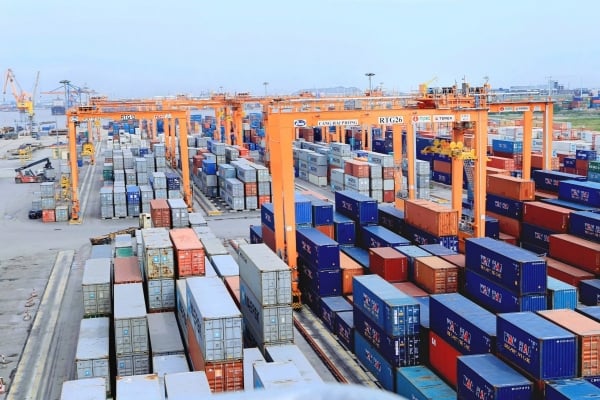






















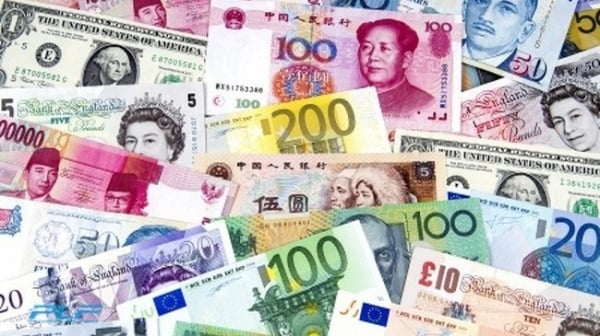

![[Photo] Welcoming ceremony for Chinese Defense Minister and delegation for friendship exchange](https://vstatic.vietnam.vn/vietnam/resource/IMAGE/2025/4/17/fadd533046594e5cacbb28de4c4d5655)



























![[Video] Viettel officially puts into operation the largest submarine optical cable line in Vietnam](https://vstatic.vietnam.vn/vietnam/resource/IMAGE/2025/4/17/f19008c6010c4a538cc422cb791ca0a1)






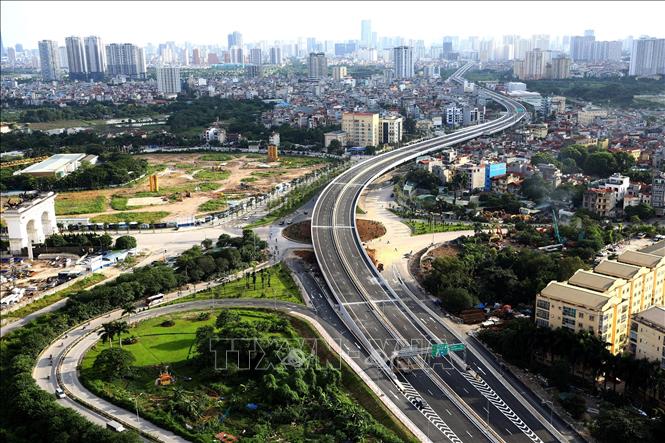










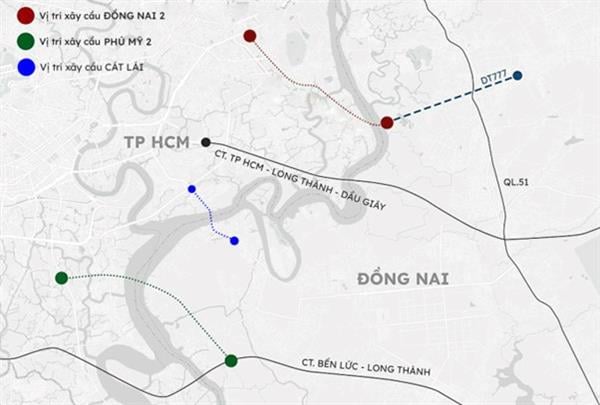







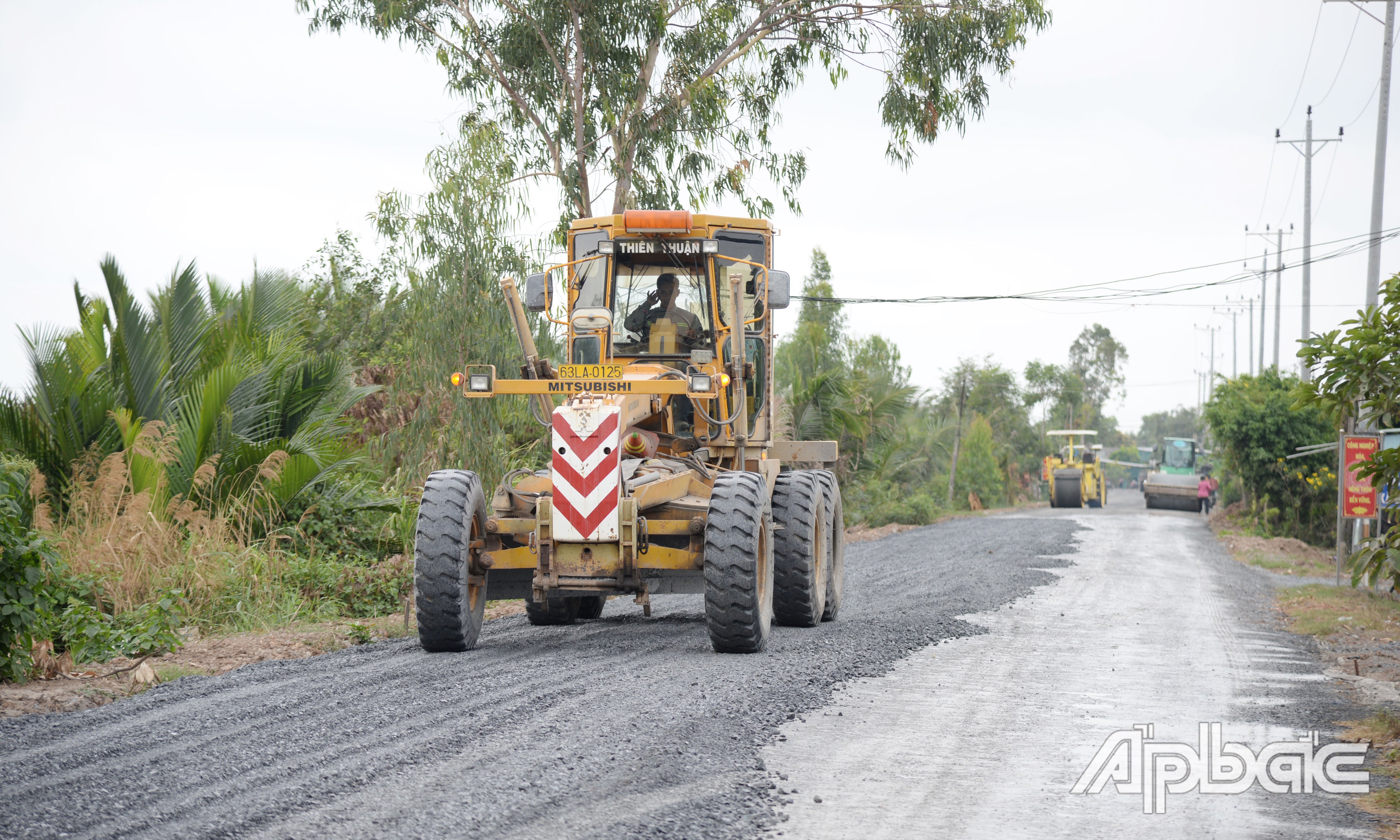













Comment (0)